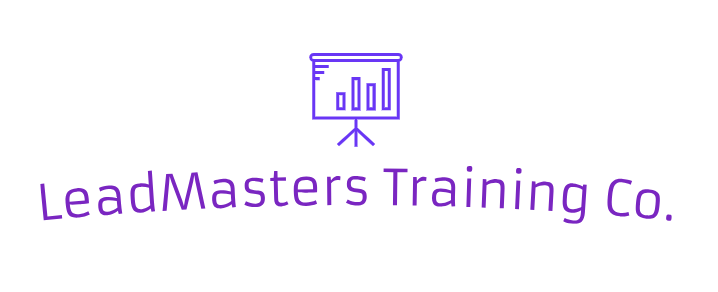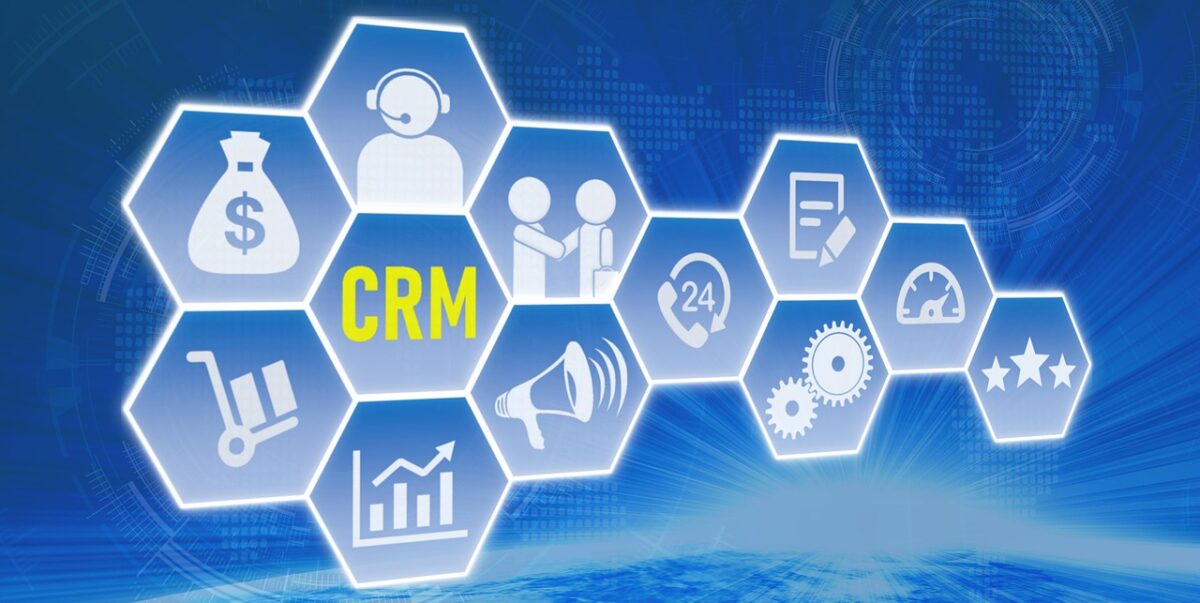Work-Life Balance Strategies: Thriving in Today’s Fast-Paced Environment
Achieving work-life balance feels like a quest for the holy grail in today’s fast-paced environment. Yet, as elusive as it may seem, finding equilibrium between professional responsibilities and personal life is crucial for long-term happiness and productivity. Let’s dive into practical strategies that have proven effective for maintaining work-life balance, especially in the bustling periods of recent years.
Emphasizing flexible work arrangements has been a game-changer. The ability to adjust work hours or locations can significantly reduce stress, making it easier to juggle work demands with personal commitments. Whether it’s starting the day earlier to accommodate school runs or working from home to skip the commute, flexibility can lead to a more balanced and satisfying daily routine.
Setting boundaries is another critical strategy. With technology keeping us constantly connected, it’s tempting to answer just one more email after hours. However, delineating clear boundaries between work and personal time is vital. It might mean turning off notifications after a certain hour or having a dedicated workspace that you can step away from at the end of the day.
Prioritizing tasks and saying no are skills worth honing. Not every email marked urgent requires immediate attention, and not every request needs a yes. Learning to prioritize tasks based on urgency and importance, and being comfortable with occasionally saying no, can free up time and reduce stress.
Incorporating downtime into your schedule is also essential. It’s crucial to have periods of rest and activities that you enjoy outside of work. Whether it’s reading, exercising, or spending time with loved ones, these moments of leisure are vital for mental health and overall well-being.
Remember, work-life balance isn’t a one-size-fits-all formula; it requires continuous adjustment and personalization. By implementing these strategies and regularly reassessing your needs and boundaries, you can navigate the demands of the modern workplace while ensuring ample time for personal fulfillment and relaxation.








